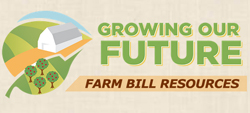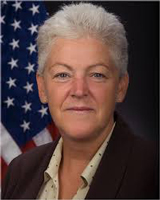 A well-known expert on soil health headlines the opening keynote session at the 6th World Congress on Conservation Agriculture (WCCA) on June 23.
A well-known expert on soil health headlines the opening keynote session at the 6th World Congress on Conservation Agriculture (WCCA) on June 23.
In his address titled, “A Case for Global Soil Restoration,” David Montgomery will speak on the need to reverse the trend of soil degradation, one of the most overlooked environmental crises that the world faces. He also will offer an overview of how humanity has treated soils from the dawn of agriculture to the modern era, and what that means for producers worldwide.
Attendees will gain a better understanding of how soil restoration can address climate change and feeding the world’s growing population.
Montgomery is best known for his book, Dirt: The Erosion of Civilizations, which has been a major work for conservation agriculture. This book presents a history of the world’s fertile soil and how its preservation or abuse has determined the prosperity or downfall of many civilizations. In the book, he shows that agricultural conservation practices can provide solutions to many of the environmental challenges faced today. Montgomery also is a professor at University of Washington and a leading expert in soil’s impact on society.
WCCA is a global congress focused on practical conservation applications and techniques that will help conserve soil, water and other natural resources, as well as provide economic returns. The conference will be held June 22-25, 2014, in Winnipeg, Manitoba. Register before May 22 for a 10 percent discount on registration fees.
The conference is hosted by the Conservation Agriculture Systems Alliance, a network of conservation agriculture organizations across North America, with the Conservation Technology Information Center (CTIC) and Soil Conservation Council of Canada (SCCC) taking the lead for WCCA.








